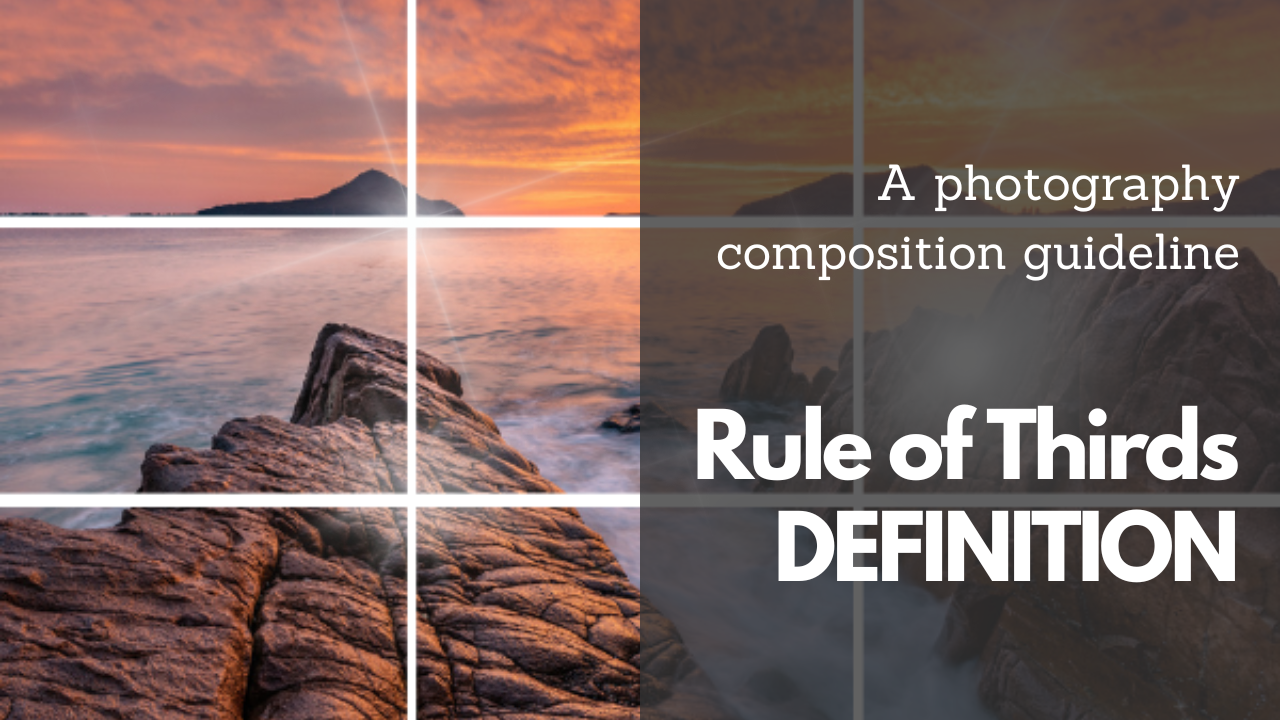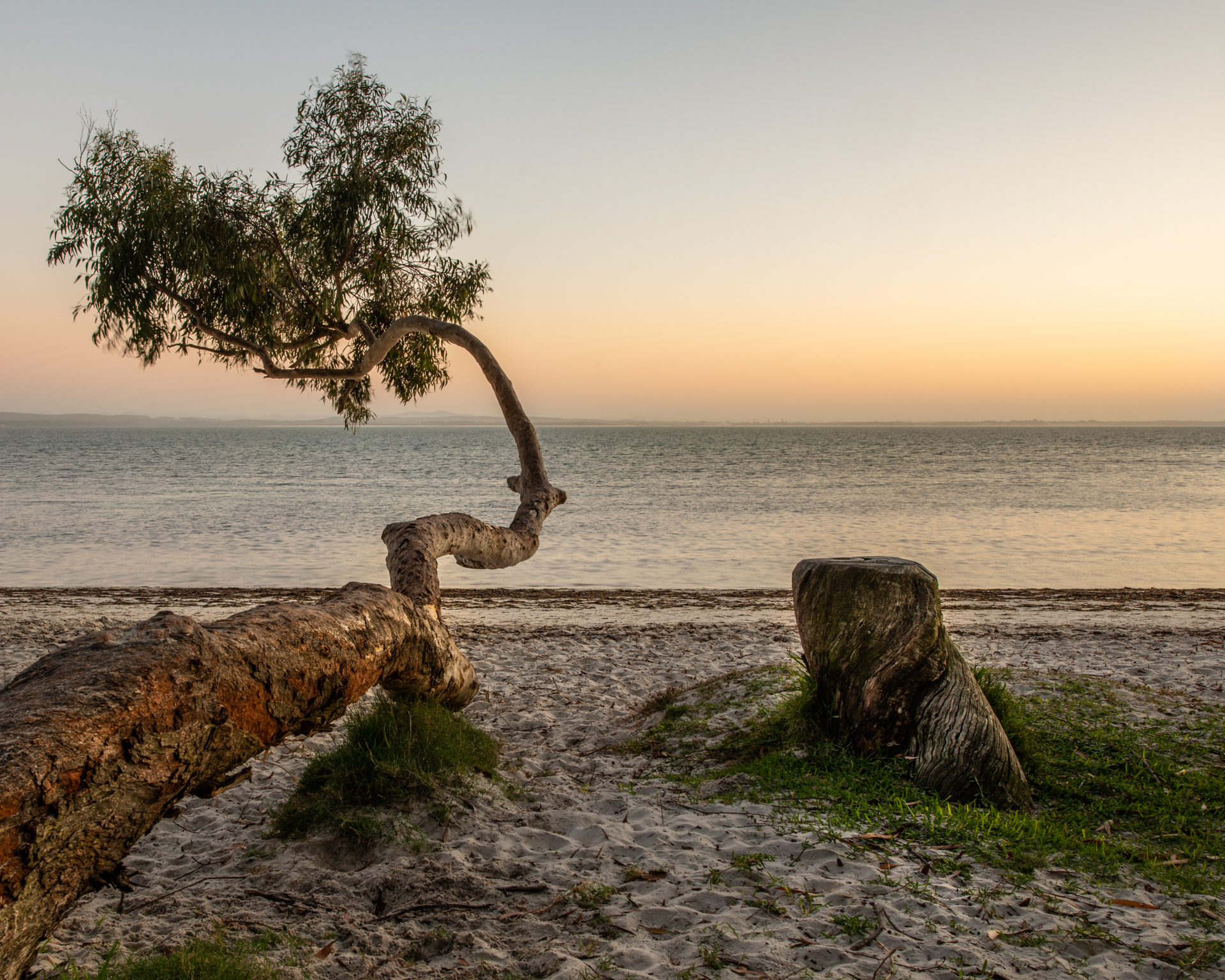The Rule of Thirds Definition- A Guide to Captivating Photography

Photography is an art form that allows us to capture and immortalize moments that evoke emotions and tell stories. To create visually striking and balanced images, photographers employ various techniques, one of which is the rule of thirds. In this blog post, I will give you my definition of the rule of thirds, explore its significance, and provide examples to illustrate its application.
What is the Rule of Thirds?
The rule of thirds is a fundamental principle in photography composition that guides the placement of subjects within an image. It involves dividing the frame into nine equal parts by drawing two equally spaced horizontal lines and two equally spaced vertical lines. The points where these lines intersect are known as "power points" or "points of interest." Placing the main elements of a photo along these lines or at the intersections can create a more visually appealing composition.

Significance of the Rule of Thirds
The rule of thirds is based on the notion that the human eye is naturally drawn to areas where lines intersect. By using this principle, photographers can enhance the visual impact of their images, add a sense of balance and harmony, and guide the viewer's gaze through the frame. This technique can make a significant difference in transforming a good photograph into an exceptional one.
When to break the ‘Rule of Thirds’
While the rule of thirds is a tried-and-true guideline in photography, there are moments when breaking it can lead to exceptional results. Rules are meant to be broken, right? Breaking the rule of thirds can create a sense of tension, surprise, or emphasize unconventional compositions. It allows for artistic experimentation and can help you stand out from the crowd. For example, intentionally centring a subject in the frame can convey a strong and bold presence, while placing the subject close to the edge of the frame can evoke a feeling of imbalance or create a sense of vastness. Ultimately, breaking the rule of thirds should be a deliberate choice that enhances the storytelling or artistic intent behind your photograph.
Landscape Photography:
In landscape photography, the rule of thirds can be applied to create a sense of depth and emphasize different elements in the scene. For instance, imagine a serene sunrise over a picturesque beach. Placing the horizon or waterline along a horizontal line while identifying the main subject, such as a tree, lighthouse or rock formation, at one of the intersecting points can draw attention and add interest.

Portraiture:
When photographing people, the rule of thirds can be used to position the subject's eyes along one of the horizontal lines. This placement not only brings attention to the eyes, which are often considered the window to the soul but also creates a natural flow within the image. Additionally, aligning other key features, such as the mouth or hands, along the remaining lines or intersections can further enhance the composition.

Mastering the rule of thirds in photography opens up a world of creative possibilities. By strategically placing key elements along the gridlines and intersections, photographers can create visually striking and balanced compositions that captivate the viewer's attention. Whether it's capturing landscapes, portraits, or still life, incorporating this fundamental technique can greatly enhance your photographs' impact and artistic appeal.
Do you need to use the rule of thirds when composing a shot?
No, you don't always have to use the rule of thirds when composing a shot. While the rule of thirds is a helpful guideline for creating balanced and visually pleasing compositions, it is not a strict requirement.
Photography is an art form that allows for creative expression and personal style. Sometimes, intentionally breaking the rule of thirds or experimenting with alternative compositional techniques can lead to unique and compelling images.
The key is to understand the rule of thirds and its effects so that you can make informed decisions on when to apply it or deviate from it based on your artistic vision and the message you want to convey through your photographs.
Experiment, and let the rule of thirds guide you to create stunning imagery that tells stories beyond words.
Download your free copy of my Landscape Photography Camera Setup Checklist
Even the most experienced photographers can ruin a photo with one small mistake. You spend all that time setting up your tripod and camera, but forget to check one thing and the photo is ruined.


